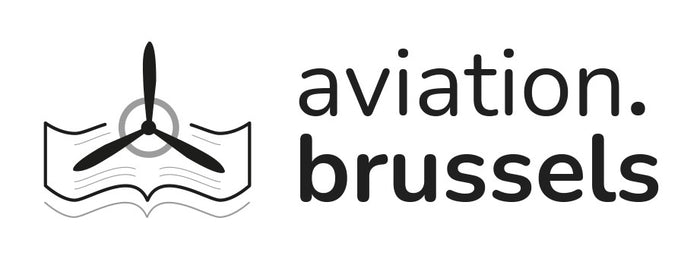In January 1920, Geoffrey de Havilland ( 1882 - 1965 ) was working for Airco ( The Aircraft Manufacturing Company Limited ) as Technical Director and Chief Designer. B.S.A. ( The Birmingham Small Arms Company Limited ) bought Airco on January 20th, 1920 from George Holt Thomas ( 1869 - 1929 ) on the say - so of one B.S.A. Director, Percy Martin ( 1871 - 1958 ), having done inadequate due diligence. Within days, B.S.A. discovered Airco's true circumstances and shut it down in July 1920. The resulting losses were so great, B.S.A. was unable to pay a dividend for the next four years.
With George H. Thomas's help, Geoffrey de Havilland took modest premises at the nearby Stag Lane Aerodrome ( Edgware, North London, England ) and formed a limited liability company, de Havilland Aircraft Company Limited, incorporated September 26th, 1920. The Directors were Geoffrey de Havilland, Arthur Edwin Turner who had come from the War Office, and Chief Engineer Charles Clement Walker. Nominal capital was £50,000.
They survived until 1925 when Geoffrey de Havilland's own design, the Moth ( first flown on February 22nd, 1925 ) proved to be just what the flying world was waiting for. In 1928, de Havilland Aircraft Company Limited went public.
Initially de Havilland concentrated on single and two - seat biplanes, continuing the DH. line of aircraft built by Airco but adapting them for airline use, but then they introduced a series of smaller aircraft powered by de Havilland's own Gipsy engines. These included the Gipsy Moth and Tiger Moth. These aircraft set many aviation records, many piloted by Geoffrey de Havilland himself. In 1930, Amy Johnson ( 1903 - 1941 ) flew solo from Great Britain to Australia in a Gipsy Moth.
The DH. 84 Dragon was the first small commercial aeroplane purchased by Aer Lingus in 1936 ; they later operated the DH. 86B Dragon Express and the DH. 89 Dragon Rapide. De Havilland continued to produce high - performance aircraft including the twin piston - engined DH. 88 Comet racer, one of which became famous as the winner of the MacRobertson Air Race, from Great Britain to Australia ( 1934 ).
The high - performance designs and wooden construction methods culminated in the famous Mosquito, constructed primarily of wood, which avoided use of strategic materials such as aluminium during the Second World War. The company followed this with the even higher - performing DH. 103 Hornet fighter ( introduced in 1946 ), which was one of the pioneers of the use of metal - wood and metal - metal bonding techniques.
After the Second World War, de Havilland continued with advanced designs in both the military and civil fields, but several public disasters doomed the company as an independent entity. The experimental tailless jet - powered de Havilland DH. 108 Swallow crashed in the Thames Estuary, killing Geoffrey de Havilland, Jr., son of the company's founder.
A large additional aircraft factory was acquired in 1948, at Hawarden Airport ( Broughton near Chester, Cheshire, England ), where production supplemented the Hatfield output. The de Havilland DH. 106 Comet was put into service in 1952 as the eagerly anticipated first commercial jet airliner, twice as fast as previous alternatives and a source of British national pride. The Comet suffered three high - profile crashes in two years. Because of the structural problems of the Comet, in 1954, all remaining examples were withdrawn from service. Despite this failure, de Havilland did its best in launching a major effort to build a new version, larger and stronger. But the United States had its Boeing 707 jet and the Douglas DC - 8, both of which were faster and more economical to operate. Orders for the Comet dried up.
In 1960, Hawker Siddeley bought de Havilland but kept it as a separate company until 1963. In that year, it became the de Havilland Division of Hawker Siddeley Aviation, and all types in production or development changed their designations from " DH " to " HS ". De Havilland's final designs became the Hawker Siddeley Trident ( originally the DH. 121 ) and the innovative Hawker Siddeley HS. 125 ( originally the DH. 125 ).
Today, the de Havilland name lives on in De Havilland Aircraft of Canada Limited, which owns the rights to the name and the aircraft produced by de Havilland's former Canadian subsidiary.
( source : Wikipedia )























